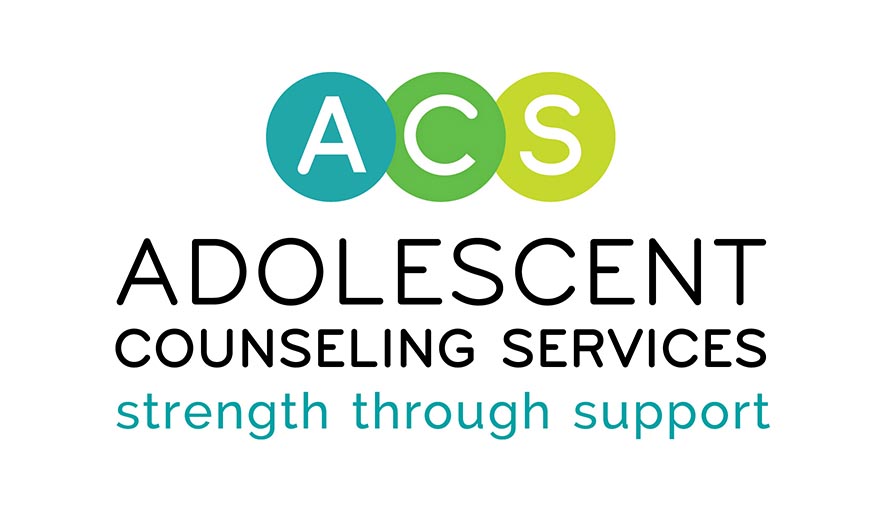
Being Mindful of Depressing Thoughts
Written By: Alonzo Howard, BS, Clinical Intern at ACS, On-Campus Counseling Program
negative thoughtsare the leading cause of future episodes of depression. Depressive episodes may occur at any point of the year. However, findings show higher rates of major depressive episodes during November and December. During this season there is an increase in conflict between external demands of others’ expectations and internal demands, requiring some level of self-care.
The inability to meet these demands may cause a withdrawal from once enjoyable activities. In this isolation, the individual may form distorted beliefs about these recent negative events and focus their attention on negative emotions. The individual may search for meaning behind these negative experiences and attempt to think of ways to change the situation in the future.
Mindfulness assists with managing negative thoughts and reducing the tendency to shift into depressive states. The term mindfulness is a practice and a state of mind. Mindfulness practices allow one to view thoughts and feelings without passing judgment. This matters because being self-critical precipitates negative emotions and recurring negative thoughts. Self-compassion relieves the mind of conflict caused by guilt and feelings of inadequacy.
The state of mind induced by mindfulness is the “here and now”. Negative thinking competes against the mind’s ability to attend to the present moment, as individuals think of the past experiences or implications of the future. Findings show individuals are most happy, efficient, and alive when their attention is in the present moment.
Mindfulness can be employed as informal and formal practices. Informal mindfulness is being mindful of normal daily activities. For example, take a walk. Be mindful of the left side of the path for a while and then transition by paying attention to the right side. Afterward, see how many new things you noticed. Informal mindfulness is used by individuals who are in a positive mood. Formal mindfulness, on the other hand, is used to counter negative mood states.
Implementing formal mindfulness techniques:
- Negative thought log.
- Set aside 60-minutes before bedtime on the days you have distressing thoughts. Find the quietest and most relaxing space you can find. Get a pencil and a journal. Write down the distressing thoughts of the day. If there is a solution to the problem, write it down. If there is no solution, write that you will exercise patience for the rest of the night. When you annotate all your thoughts, close the journal for the night.
- Mindfulness breathing.
- For the remaining time of the original 60-minutes, get comfortable and focus on your breath. You can sit or lie down in bed. If a thought comes into your mind, show self-compassion, recognizing that this will happen. Allow the thought to pass without judging it and focus your attention on your breath. Notice how oxygen enters your nose and into your abdomen. Allow the air to fill and expand the abdomen. Release the air slowly, completely exhaling all the air. Repeat several times until the 60-minutes have elapsed.
___________________________
References
Deyo, M., Wilson, K. A., Ong, J., & Koopman, C. (2009). Mindfulness and rumination: Does mindfulness training lead to reductions in the ruminative thinking associated with depression? Explore, 5(5), 265-271.
Nolen-Hoeksema, S., Wisco, B. E., & Lyubomirsky, S. (2008). Rethinking rumination. Perspectives on Psychological Science, 3(5), 400-424.
